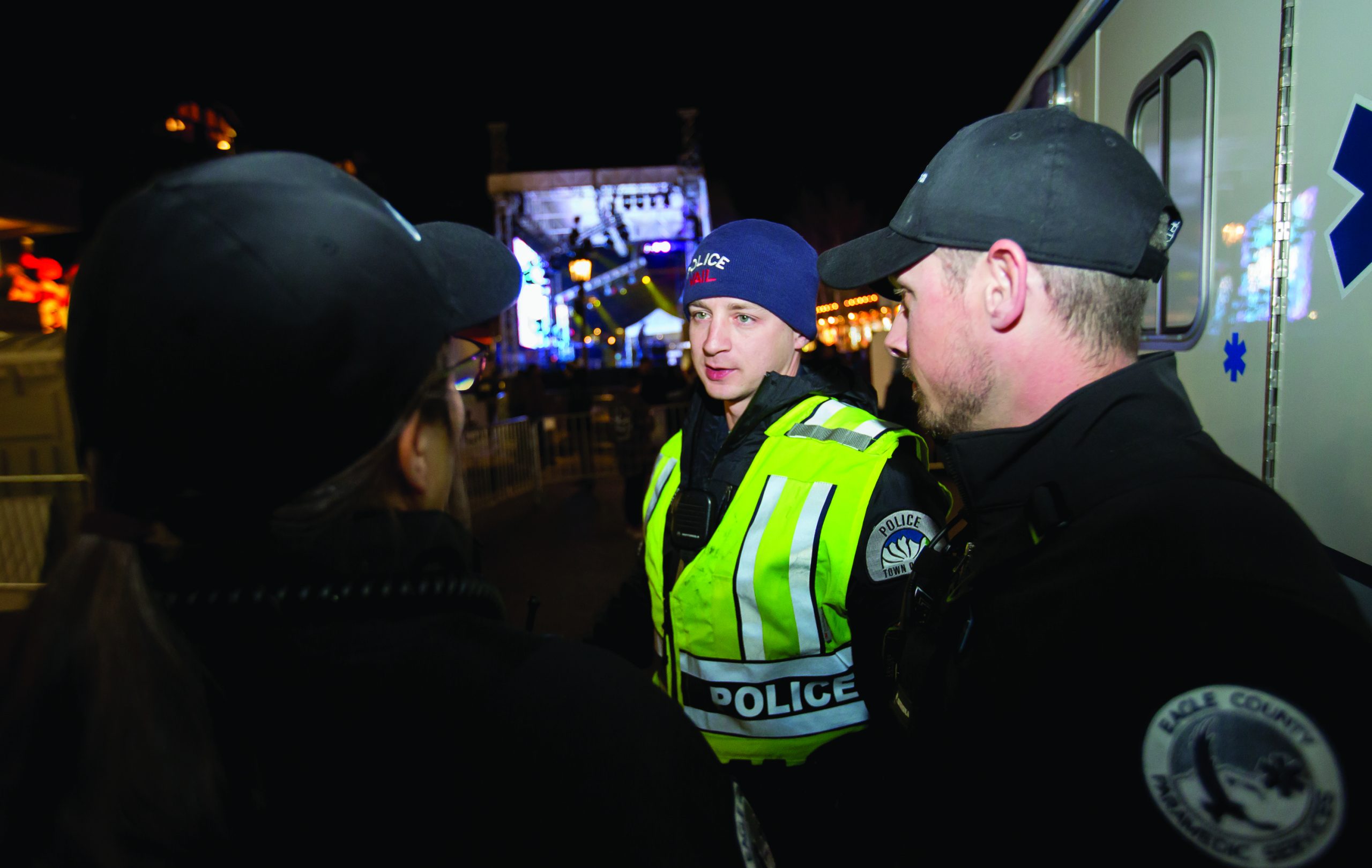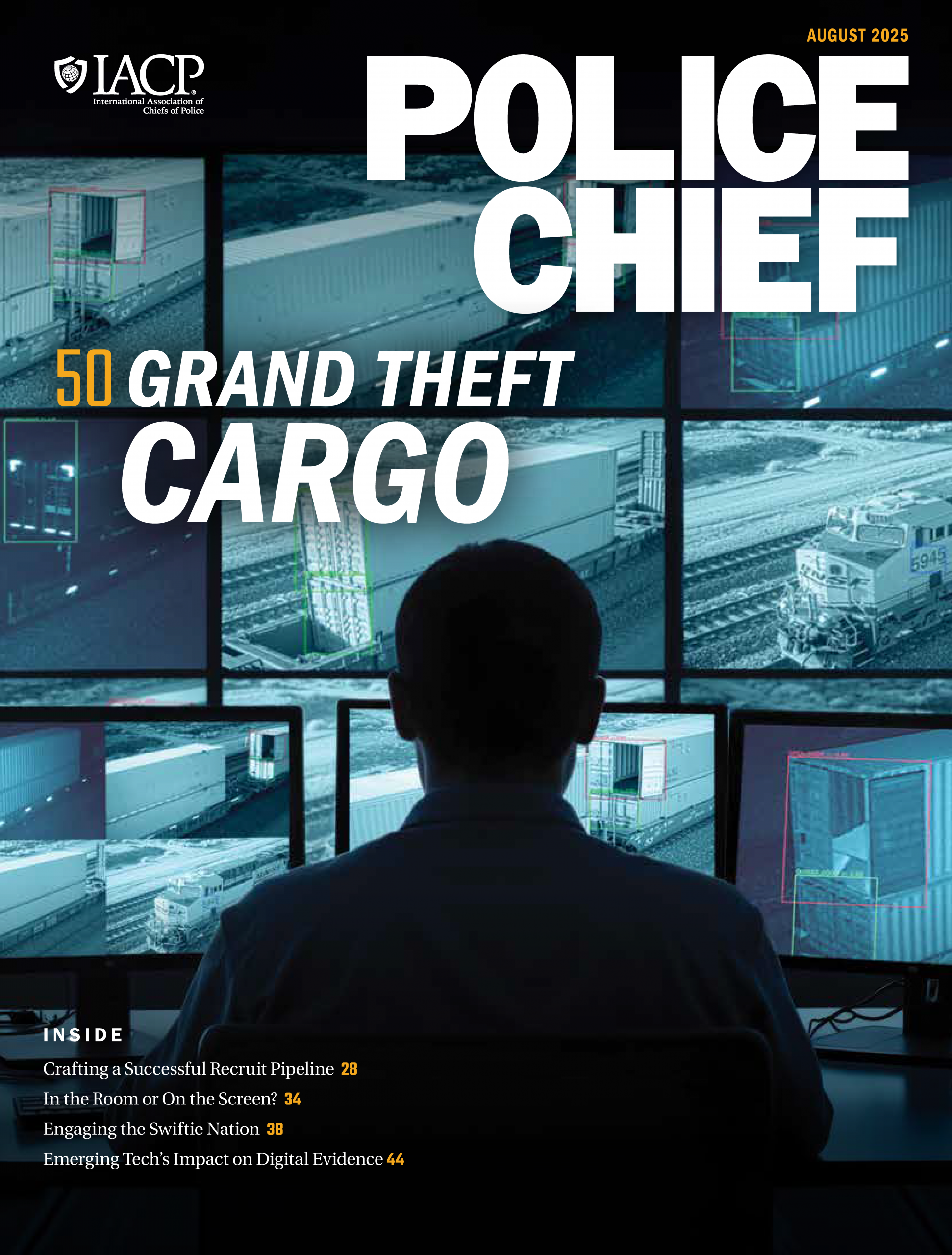Research in Brief: Modified Brazilian Jiu-Jitsu Training
The use of force is sometimes necessary in policing, and minimizing its harmful consequences is essential. Highly publicized police use-of-force incidents often lead to calls for better training. However, little research has examined the real-world impact of police use-of-force training. Instead, research largely focuses on whether officers report liking the training or whether they use training tactics in hypothetical scenarios.1



